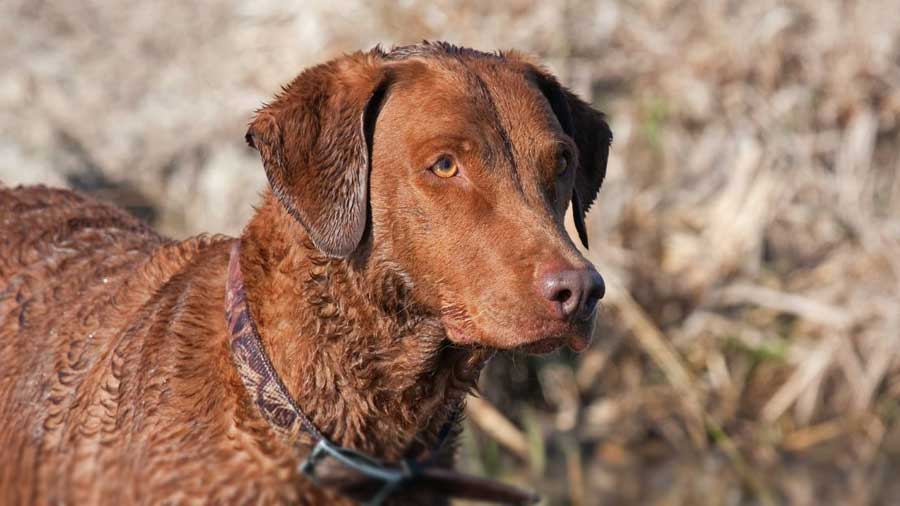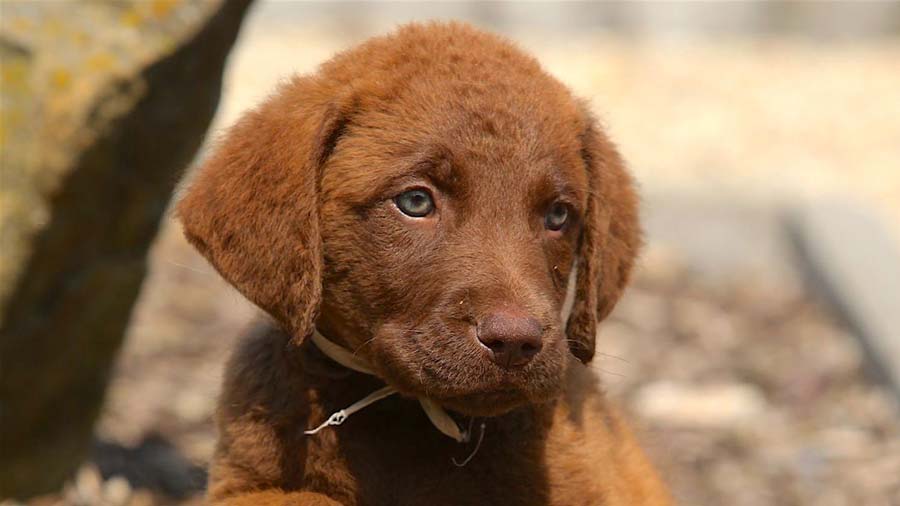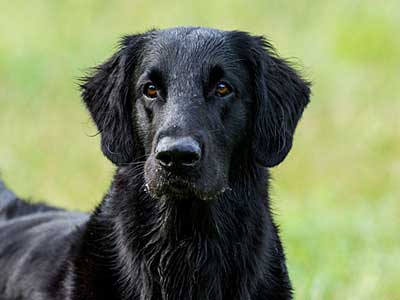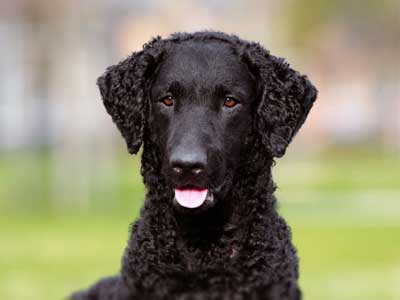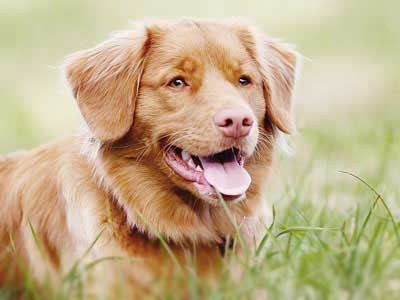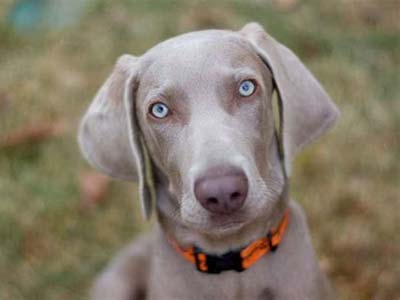Chesapeake Bay Retriever
Breed Information |
|
|---|---|
| Popularity |
2022: #52 2021: #48 2020: #50 2019: #46 2018: #45 2017: #43 2016: #43 2015: #42 |
| Name | Chesapeake Bay Retriever |
| Other names | Chessie, CBR, Chesapeake |
| Origin |  United States United States |
| Breed Group |
Sporting (AKC:1878) Gundog (UKC) |
| Size | Large |
| Type | Purebred |
| Life span | 10-13 years |
| Temperament |
Happy Affectionate Dominant Intelligent Protective Quiet |
| Height |
Male: 23-26 inches (58-66 cm) Female: 21-24 inches (53-61 cm) |
| Weight |
Male: 65-80 pounds (29-36 kg) Female: 55-70 pounds (25-32 kg) |
| Colors |
Brown Dark Brown Dark Deadgrass Deadgrass Light Brown Light Deadgrass Sedge |
| Litter Size | 7-9 puppies |
| Puppy Prices |
Average $800 - $1500 USD Usually, the average price of a Chesapeake Bay Retriever puppy from a reputable breeder is between $800 and $1,500, while a top-quality Chesapeake Bay Retriever puppy can cost as high as $2,500 and upward. Their price depends upon the pup’s age, sex, quality, pedigree, and breeder’s location. |
Breed Characteristics |
|
|---|---|
| Adaptability |
3 stars |
| Apartment Friendly |
1 stars Chesapeake Bay Retrievers are not recommended for apartment life. They are relatively inactive indoors and will do best with at least an average-sized yard. Chesapeake Bay Retrievers often enjoy sleeping outdoors if it is cooler outside, as they prefer cool climates. |
| Barking Tendencies |
3 stars Occassional |
| Cat Friendly |
3 stars |
| Child Friendly |
4 stars Good with Kids: This is a suitable breed for kids and is known to be playful, energetic, and affectionate around them. |
| Dog Friendly |
2 stars |
| Exercise Needs |
5 stars The Chesapeake Bay Retriever is an active dog which needs substantial daily exercise. It enjoys playing field sports and swimming, especially in cold water. |
| Grooming |
2 stars Low Maintenance: The Chessie has an oily, harsh outer coat atop a dense, fine, woolly undercoat. Dirt and debris brush out easily with a rubber curry brush. The undercoat sheds heavily in the spring, so be prepared to brush the dog more frequently during this time to keep loose hair from collecting on clothing and furniture. |
| Health Issues |
3 stars Hypoallergenic: No |
| Intelligence |
5 stars Ranking: #27 Full Ranking List |
| Playfulness |
4 stars |
| Shedding Level |
3 stars Moderate Shedding: Expect this dog to shed regularly. Be prepared to vacuum often. Brushing will reduce shedding as well as make the coat softer and cleaner. |
| Stranger Friendly |
2 stars |
| Trainability |
3 stars Moderately Easy Training: Though the Chesapeake Bay Retriever is intelligent, it is known for being difficult to train. Patience is required as the Chesapeake Bay Retriever is not eager to change its behaviors. A popular expression is ‘You can order a Labrador Retriever and ask a Golden Retriever, but you must negotiate with a Chesapeake Bay Retriever’. Once the Chesapeake Bay Retriever recognizes its handler's authority and understands what is expected of it, it will behave properly going forward. Obedience training is strongly recommended. |
| Watchdog Ability |
3 stars |
Chesapeake Bay Retriever Names |
||
|---|---|---|
| Rank | Boy Names | Girl Names |
| 01 | Max | Lucy |
| 02 | Milo | Callie |
| 03 | Joey | Maggie |
| 04 | Louie | Penny |
| 05 | Duke | Ruby |
| 06 | Harley | Chloe |
| 07 | Sam | Emma |
| 08 | Jake | Lola |
| 09 | Toby | Maya |
| 10 | Leo | Izzy |
| 100 Cute Puppy Names › | ||
Overview |
|---|
|
The Chesapeake Bay Retriever was developed to hunt waterfowl under adverse conditions, facing strong tides in rough water, high winds and sometimes even having to break through ice. It is an extraordinary swimmer, with a strong, yet tender, bite enabling it to carry birds. It has powerful limbs and webbed feet. The Chessie is slightly longer than tall, with its hindquarters as high, or higher, than its forequarters. Its coat is rendered virtually waterproof by virtue of its oily, harsh outer coat and dense wooly undercoat. The color matches its working surroundings: any shade of brown, sedge or dead grass. The Chesapeake Bay Retriever is hardy enough to not only withstand, but also relish, repeated plunges into icy water. It loves to swim and retrieve. Despite an active life when outdoors, inside it tends to be calm. The Chessie tends to be independent, although it is eager to learn. It is reserved with strangers and can be protective; it also can be aggressive toward strange dogs if challenged. This is the hardiest, most strong-willed and protective of the retriever breeds. |
History |
|
The history of the Chesapeake Bay Retriever began when two puppies were saved from the wreck of an English ship off the coast of Maryland in 1807. These two dogs, believed to be Newfoundland types, were raised and worked as water retrievers. They and their descendants were crossed with other retrieving breeds, and even local Coonhounds, to develop a powerful water dog that excelled in the retrieval of ducks from the icy waters of the Chesapeake Bay. By the end of the 19th Century, these dogs were known as Chesapeake Bay Retrievers. The breed soon became popular with Midwestern duck hunters as well. Today the Chesapeake has a small but devoted following as a duck hunter and family companion. The Chesapeake Bay Retriever was recognized by the AKC in 1878. |
References
- [1] ^ YouTube: Top Dog Facts About the CHESAPEAKE BAY RETRIEVER
